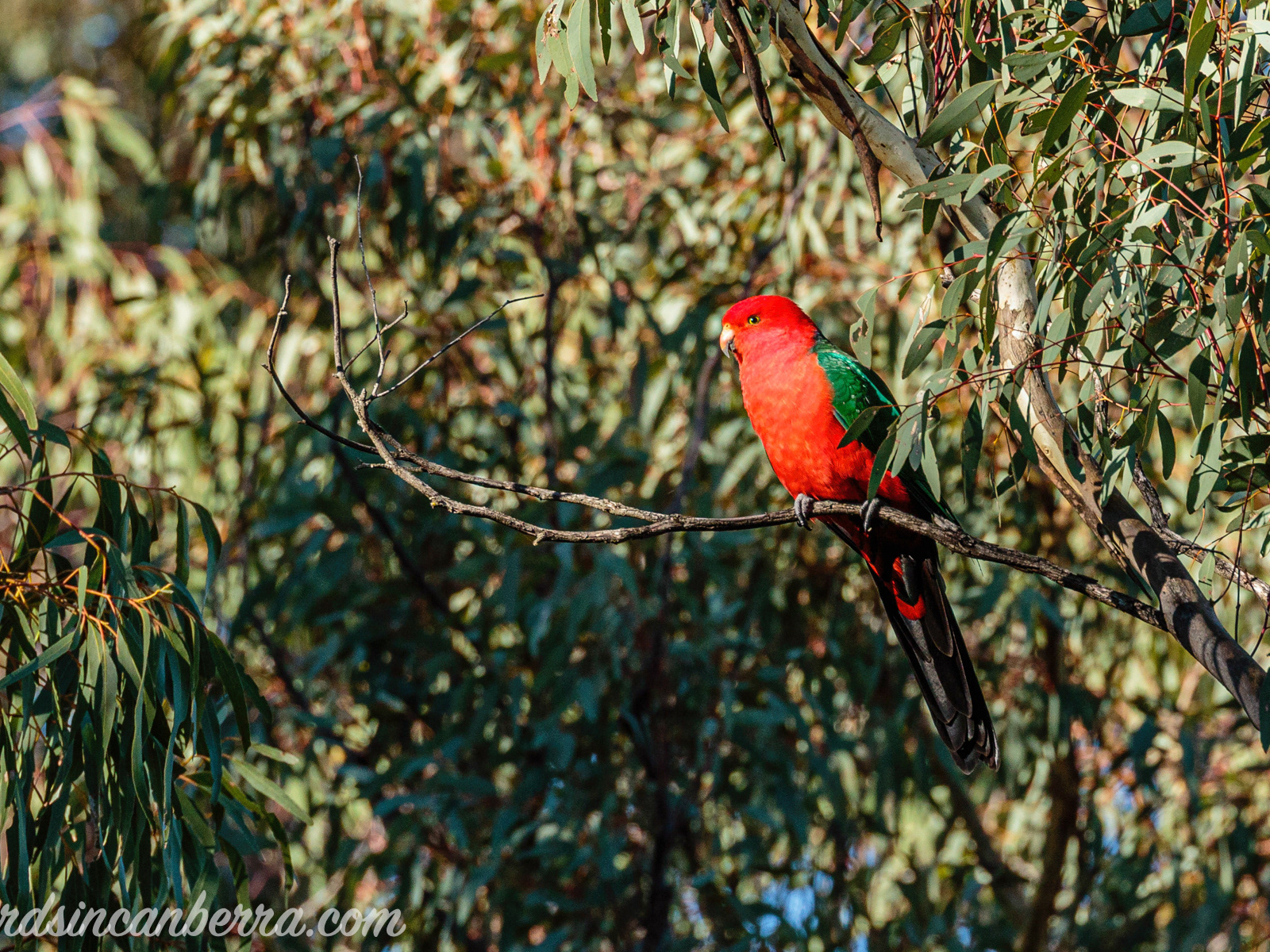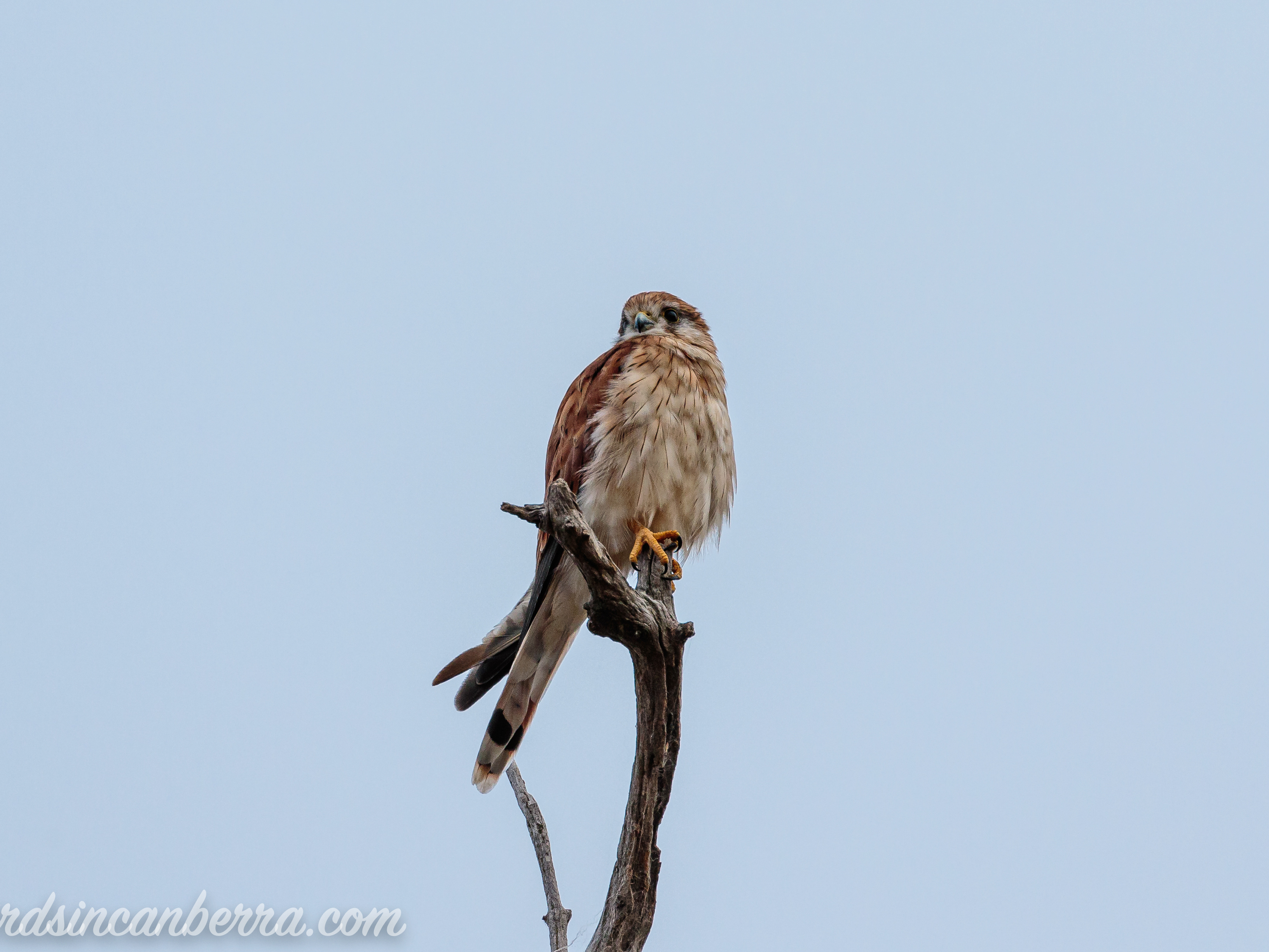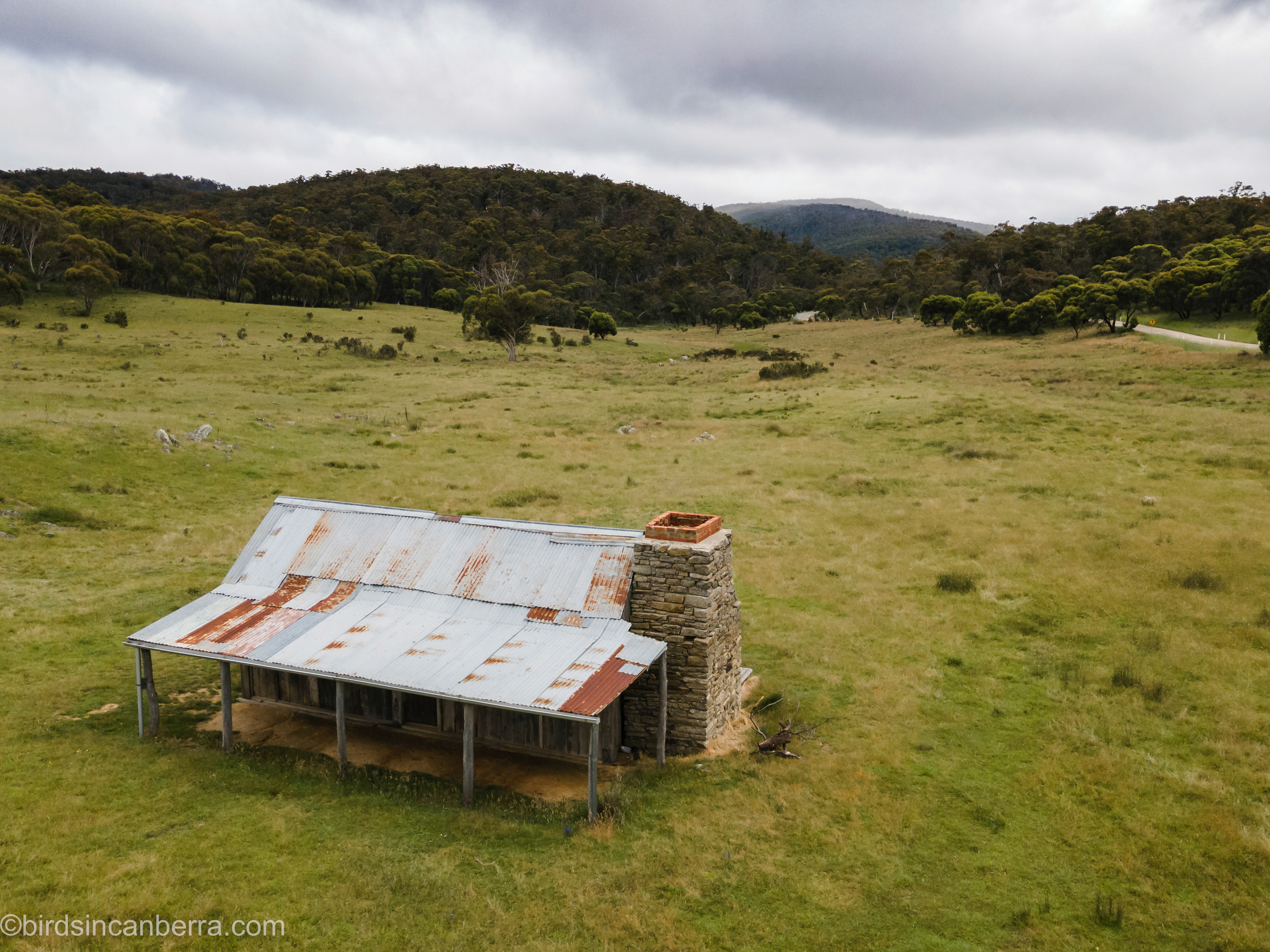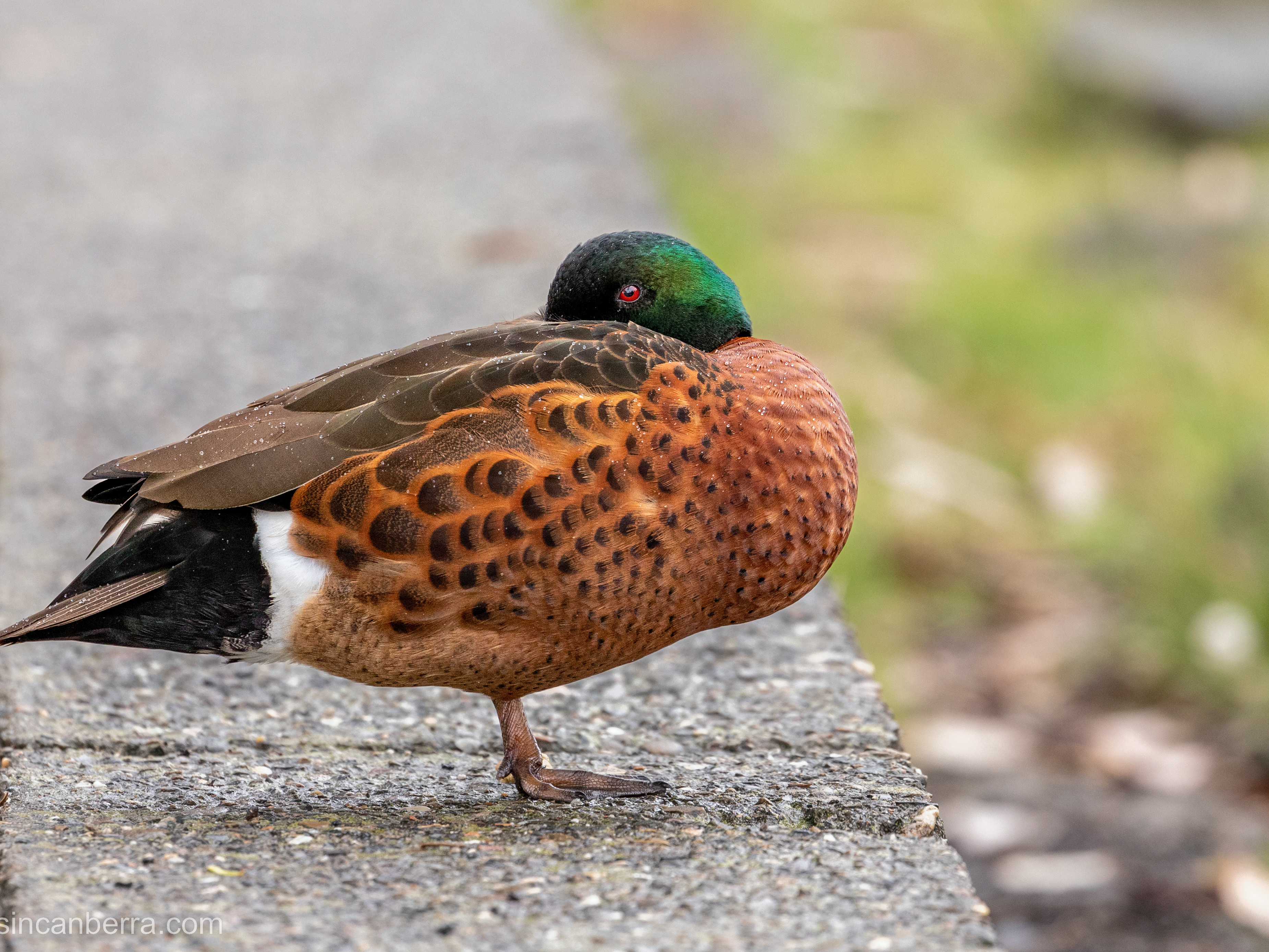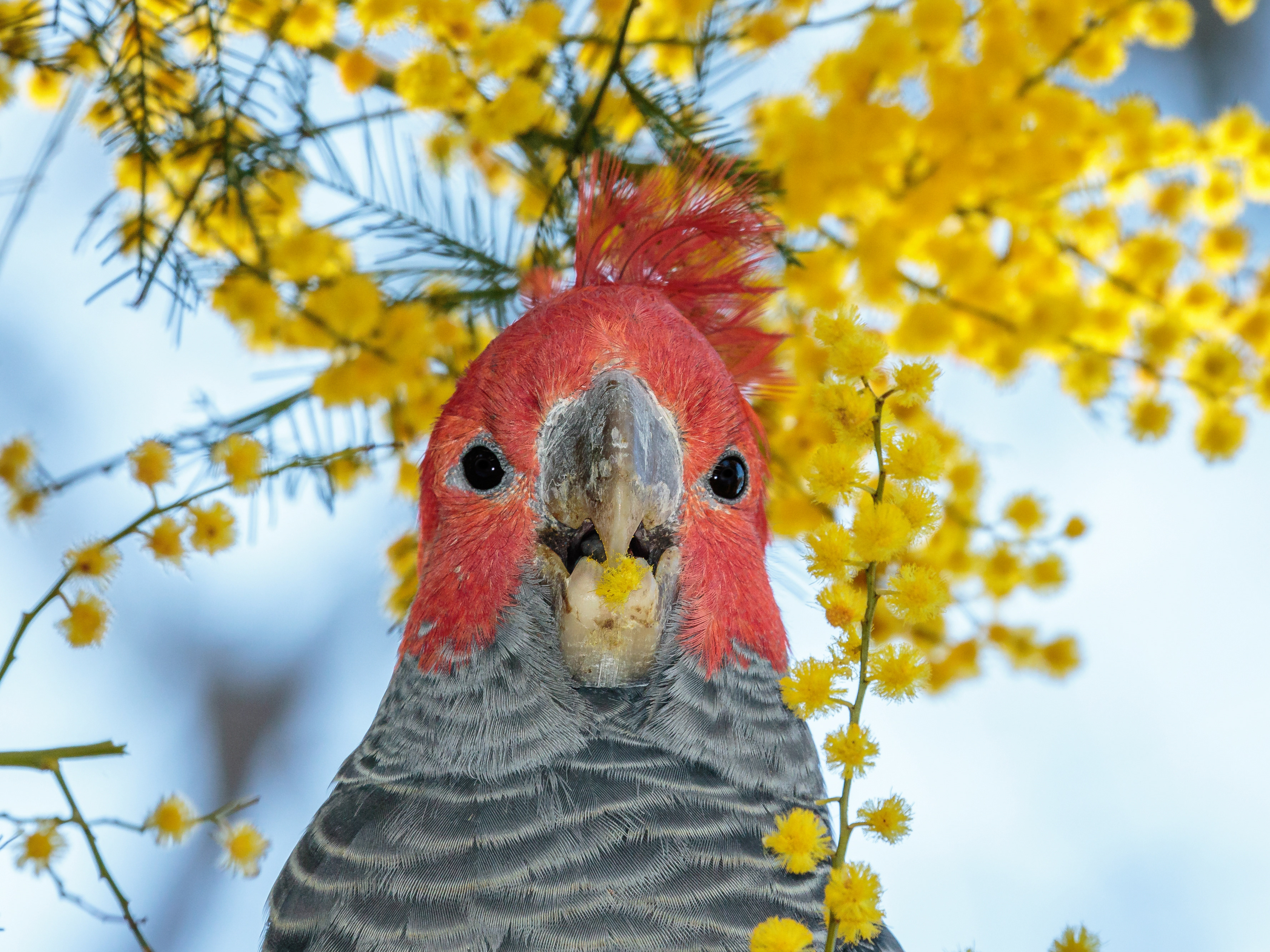Cycling & Photographing, Centenary Trail, 15 Jan 2021
Waterbirds, Lizards and Dragonflies - Cycling and Photographing the northern Centenary Trail on Friday, 15 January 2021 On Good Friday 2019 I went for a ride around the southern section of the Centenary Trail, taking my camera with me so that I could photograph interesting subjects that I found. Back then I the only lens that I had to use for such a trip was a Canon EF-S 18-55mm f3.5-5.6 IS STM that had been a kit lens with my first DSLR that I bought, about ten years earlier. I was using that lens because I wanted something would give me some range but I did not want to take my bulky Canon EF100-400mm f4.5-5.6L IS II USM, mainly because I was worried about breaking it. Since that ride I had always intended to complete the Centenary Trail by riding the northern section and also take a camera along, however, now I would take a Canon EF70-200mm f/4L IS II USM and a Canon EF40mm f2.8 STM so that I was better prepared for what I may see.
You may also like
